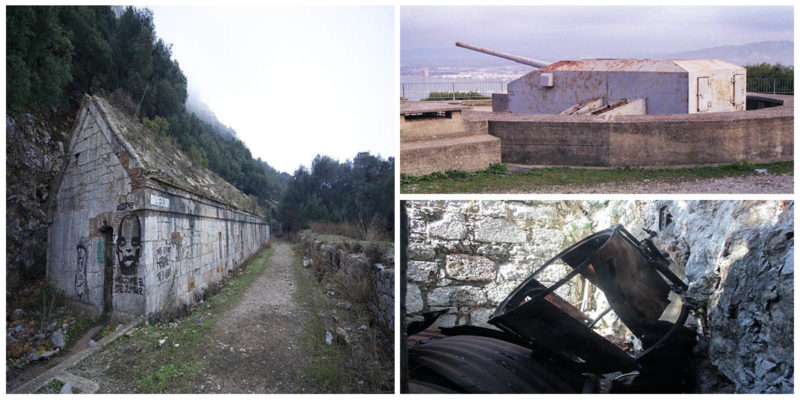Gibraltar, tucked away far to the south of the Iberian Peninsula, holds a great strategic position. This is where the waters of the Mediterranean sea and the Atlantic Ocean meet.
Holding such an important location has made this place heavily fortified and armed. Many have fought for it over the years. As a matter of fact, this place has been through a number of sieges–fourteen in total. Over the years, the occupants of this peninsula left their mark on the grounds, such as a great number of gun batteries, bastions, tunnels, and casemates.
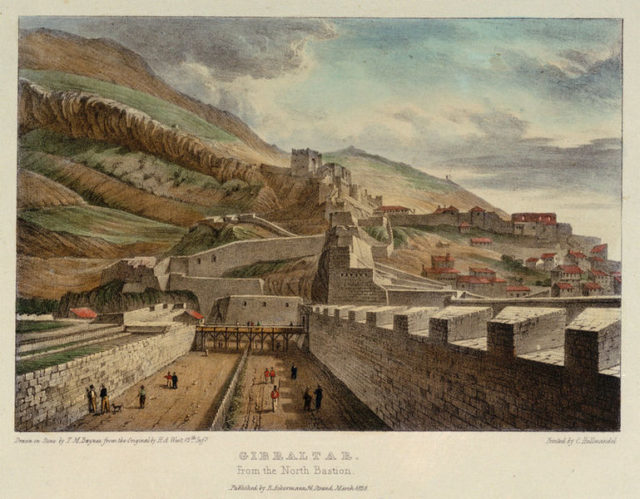
Hundreds of guns mounted on hundreds of gun batteries took care of all those who dared approach this place. The beginning of this place can be found in the period in of the Moors. These Muslim inhabitants came from North Africa and laid the foundations of the first fort, the Mount of Tarik.
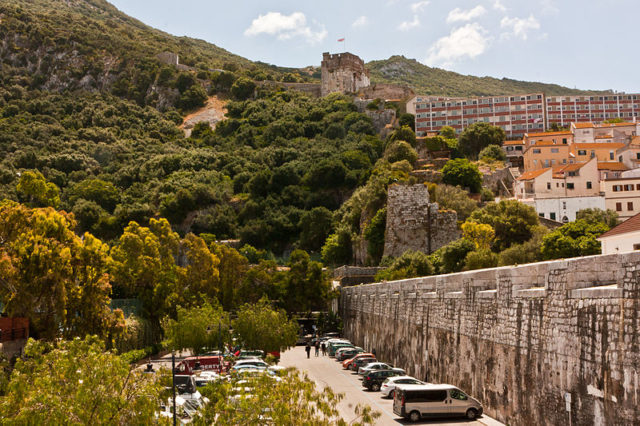
By a chain of events, this name would later become the one we know today, Gibraltar. It was 1068 when the Moors first arrived. The fortification of the island occurred in 1160 following the orders of the Sultan Abd al-Mu’min.
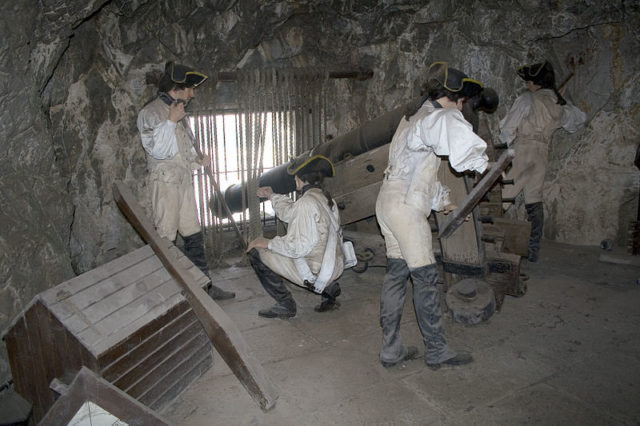
The reason for this was that the Kingdom of Aragon had joined their forces with the Kingdom of Castile and went on to take on Abd al-Mu’min and his soldiers. As time progressed, this rock changed its name several times from the Mount of Victory to the City of Victory, though little archaeological evidence remains from that period.
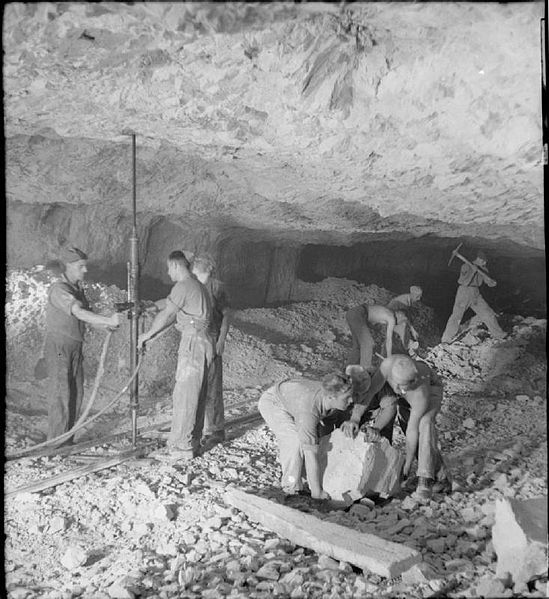
For instance, only one part of one of the original fortification walls still remains today. In 1309, Gibraltar was conquered by the Castilians. Once the rock was secure, Ferdinand IV of Castile gave an order for the remaining fortifications to be renovated and for a keep to be built further up the slope.
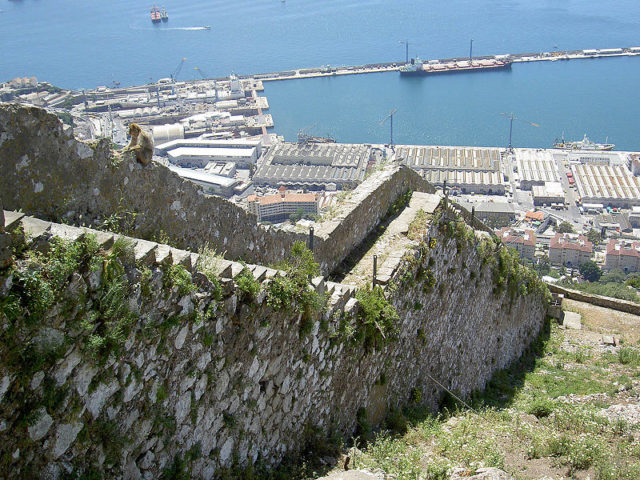
The Kingdom of Castile remained in Gibraltar for 24 years until 1333. Once the Moorish period was over then came the Spanish. Álvaro de Bazán the Elder, a naval commander of Spanish origin, advised King Charles I that the defenses of Gibraltar would be easy to exploit.
His suggestion was to further strengthen the southern wall and extend the rest of them all the way to Europa Point. King Charles I decided not to follow this proposal. They had the destruction of Constantinople as an example of how vulnerable those old medieval walls are, but would not listen.
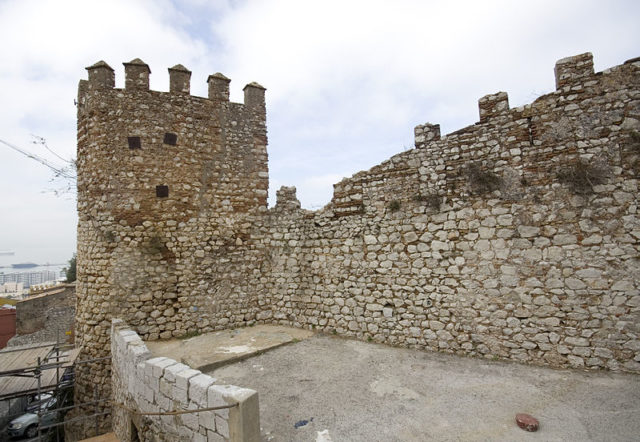
The price they had to pay for this ignorance was huge. Barbary pirates coming from North Africa charged upon this old walls and took hundreds of citizens of Gibraltar as slaves. What followed after this attack was an immediate strengthening of the old walls.
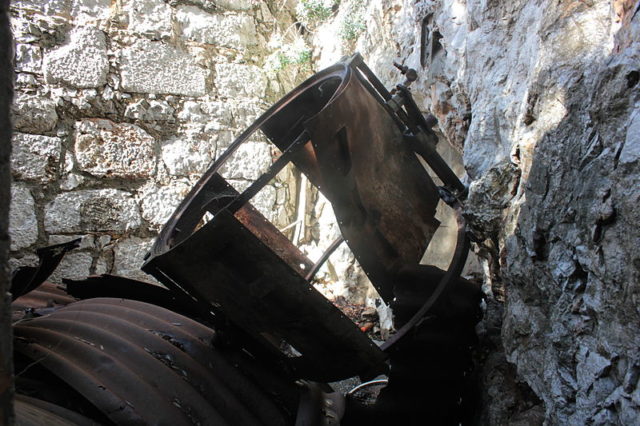
This period in Gibraltar’s history was rather turbulent. The following era is known as the British period. It began in 1704 and remains to this very day. Some initial repairs were made though, according to General James Stanhope, voracious and venal officers largely embezzled the money meant to be spent on repairs.
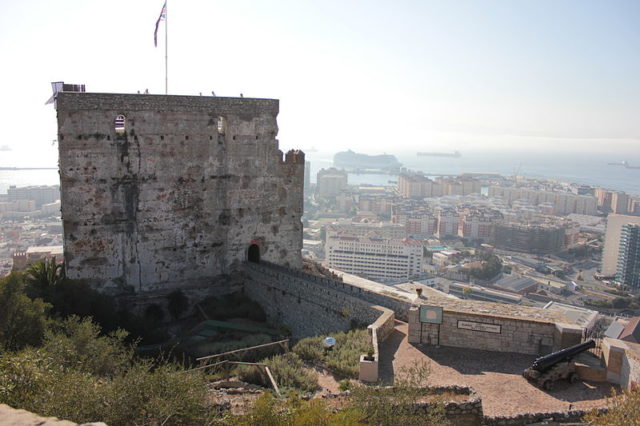
Nowadays Gibraltar is filled with all sorts of military leftovers from times past. One such instance is the so-called 5.25-inch guns upper batteries which remain perfectly preserved, making them the world’s only remaining batteries of this kind.
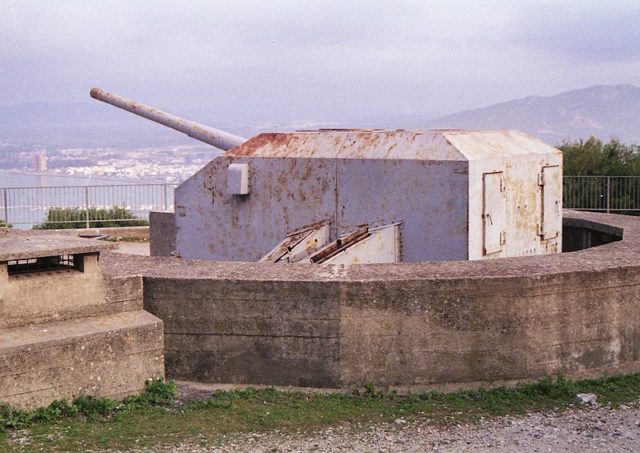
Also, a portion of the 18th-century tunnels is open to the general public. For the example, the Great Siege Tunnels located on the north side of this rock are a favorite among tourists, together with the tunnels from WWII.
The lower part of Gibraltar, named the lower galleries, are not open to tourists. For vandals have heavily destroyed them but nonetheless there are a quite a few relics that date back to the days of military presence.
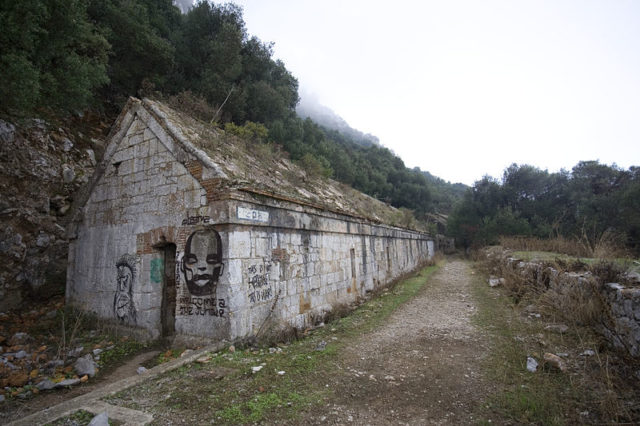
Among other projects, the most significant is the preservation of all of Gibraltar’s historical relics. This plan, however, was first proposed in the 1980s. A £500,000 budget was to be appointed for the restoration of Gibraltar’s fortifications but sadly this idea was never set in motion, and much of this war monuments were left abandoned.
